Researchers in Budapest have been studying worms to slow down or stop ageing in humans by researching transposable elements in our DNA.


Today I’m thrilled to announce BrainBridge, the world’s first concept for a head transplant system, which integrates advanced robotics and artificial intelligence to execute complete head and face transplantation procedures. This state-of-the-art system offers new hope to patients suffering from untreatable conditions such as stage-4 cancer, paralysis, and neurodegenerative diseases like Alzheimer’s and Parkinson’s.
Official website: https://brainbridge.tech/
Follow me everywhere: https://muse.io/hashemalghaili.
#Science #Technology #Research #HeadTransplant #BrainBridge #Neuroscience

A Stanford Medicine study reveals six subtypes of depression, identified through brain imaging and machine learning. These subtypes exhibit unique brain activity patterns, helping predict which patients will benefit from specific antidepressants or behavioral therapies. This approach aims to personalize and improve depression treatment efficacy.
In the not-too-distant future, a quick brain scan during a screening assessment for depression could identify the best treatment.
According to a new study led by researchers at Stanford Medicine, brain imaging combined with a type of AI called machine learning can reveal subtypes of depression and anxiety. The study, to be published today (June 17) in the journal Nature Medicine, sorts depression into six biological subtypes, or “biotypes,” and identifies treatments that are more likely or less likely to work for three of these subtypes.
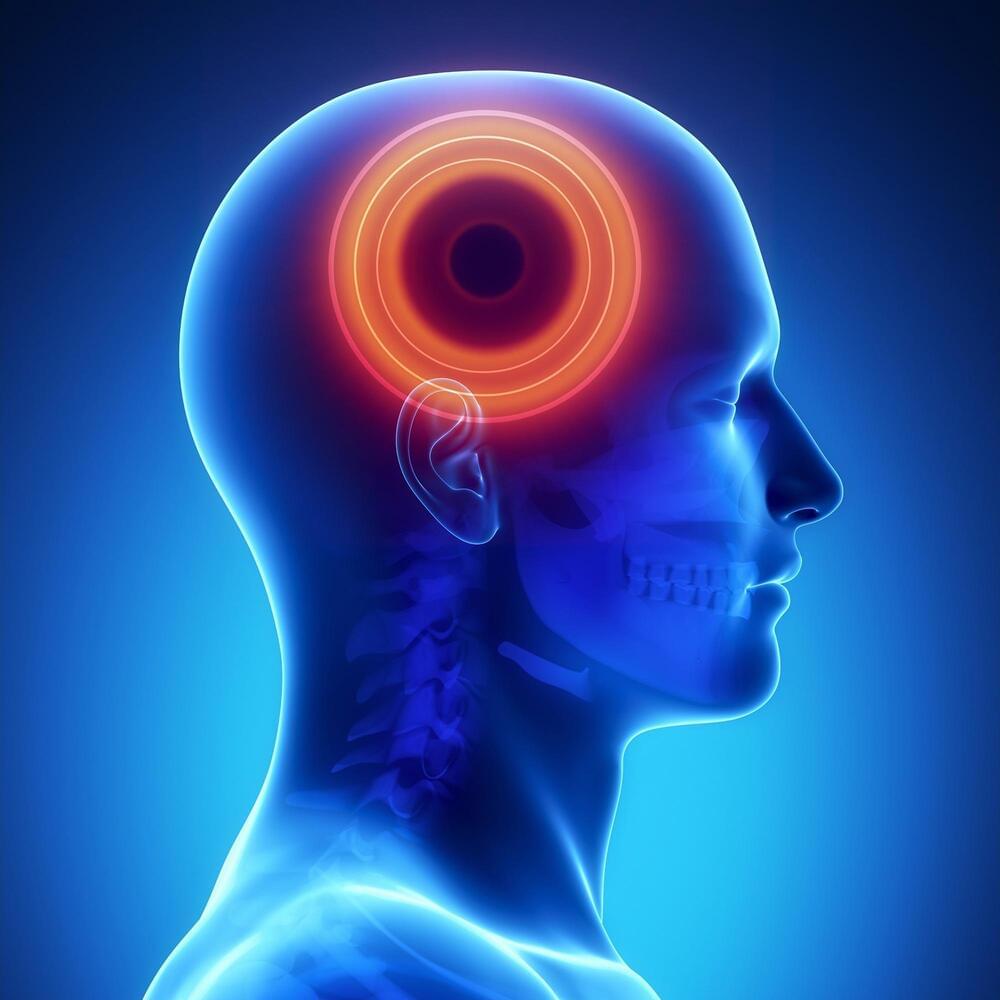
Researchers have discovered sex-specific differences in the nerve cells that generate pain, paving the way for personalized pain management treatments based on patient sex.
Research indicates that men and women experience pain differently, but the reasons behind this have remained unclear. A new study from the University of Arizona Health Sciences, published in the journal BRAIN, has now identified functional sex differences in nociceptors, the specialized nerve cells that produce pain.
The findings support the implementation of a precision medicine-based approach that considers patient sex as fundamental to the choice of treatment for managing pain.
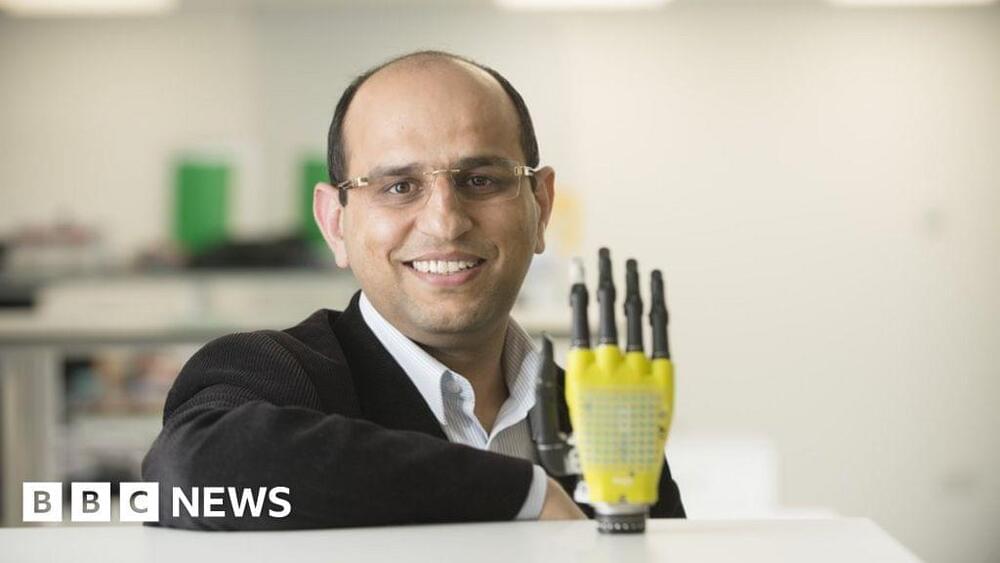
A synthetic skin for prosthetics limbs that can generate its own energy from solar power has been developed by engineers from Glasgow University.
Researchers had already created an ‘electronic skin’ for prosthetic hands made with new super-material graphene.
The new skin was much more sensitive to touch but needed a power source to operate its sensors.

Scientists have discovered that CAR T cells, traditionally used in cancer treatment, can be engineered to fight aging by eliminating senescent cells, offering a promising single-dose, lifelong treatment against aging-related diseases.
The fountain of youth has eluded explorers for ages. It turns out the magic anti-aging elixir might have been inside us all along.
Cold Spring Harbor Laboratory (CSHL) Assistant Professor Corina Amor Vegas and colleagues have discovered that T cells can be reprogrammed to fight aging, so to speak. Given the right set of genetic modifications, these white blood cells can attack another group of cells known as senescent cells. These cells are thought to be responsible for many of the diseases we grapple with later in life.
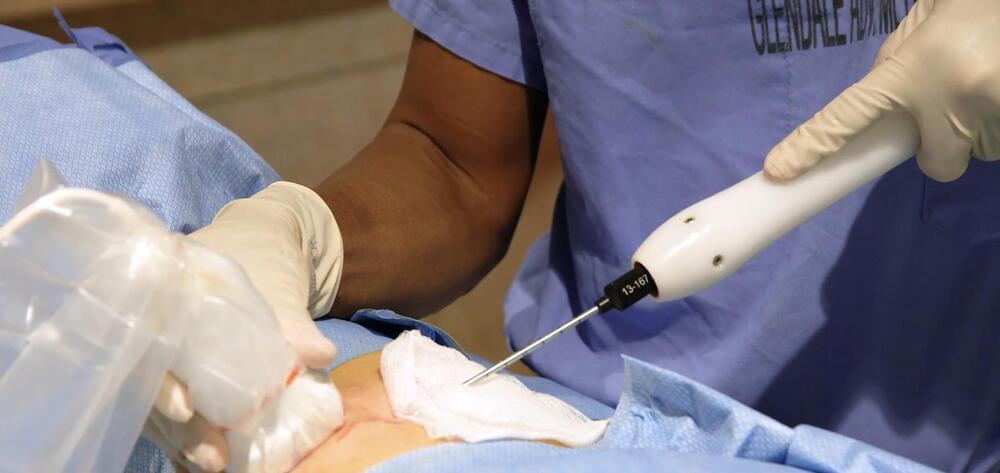
IceCure Medical, an Israeli company that developed a way to freeze and destroy tumors (cryoablation) as alternative to surgery, says an interim analysis of its current kidney cancer trial shows the platform is a safe and effective treatment for malignant renal tumors, with 89.5 percent recurrence-free rate.
The data from the analysis for the trial of the ProSense platform was presented at the Annual Israeli Conference on Interventional Radiology in Tel Aviv on June 10.
Cryoablation is not a new process, but IceCure’s system allows physicians to perform the procedure at their own office, with no need for hospitalization. It also uses liquid nitrogen instead of a mixture of argon and helium gasses, which is cheaper, can be frozen faster, and is easier to maintain at sub-zero temperatures, shortening the treatment time.
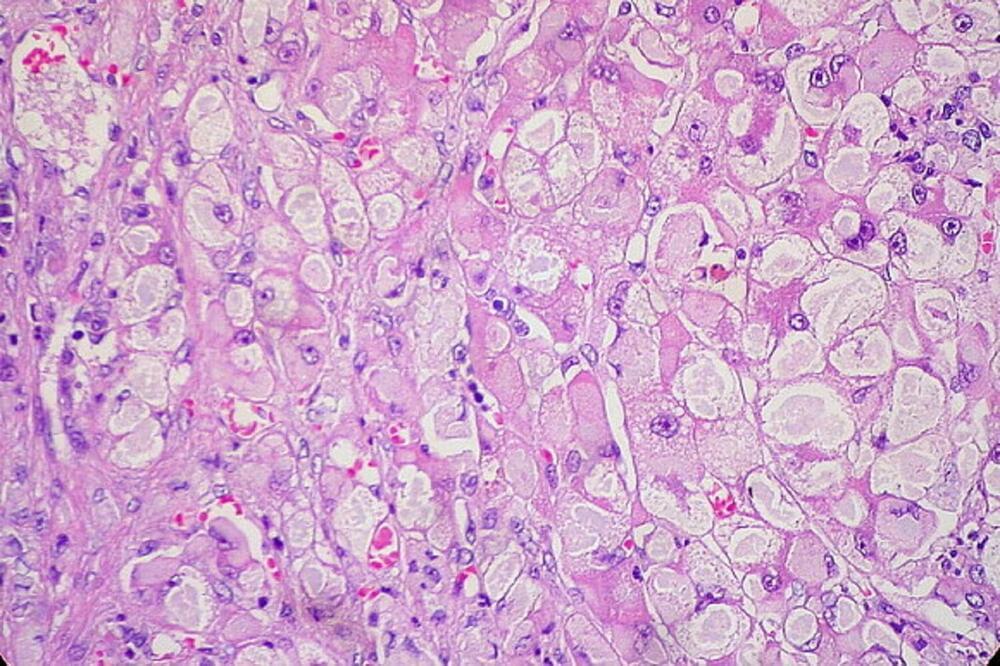
Scientists from the Berlin Institute of Health at Charité (BIH) and Open Targets together with colleagues from the University of Cambridge, and Addenbrooke’s Hospital in Cambridge, U.K., uncovered mechanisms driving regeneration of the liver during chronic liver disease. This regenerative process allows the liver to repair itself when chronically injured but could also result in progression toward cancer.
The researchers were able to demonstrate this first by performing single-cell analyses on many biopsies obtained from patients with progressive metabolic dysfunction-associated steatotic liver disease (MASLD).
The results obtained in vivo were validated using cultured organoids in the laboratory. The scientists have now published their results in the journal Nature.
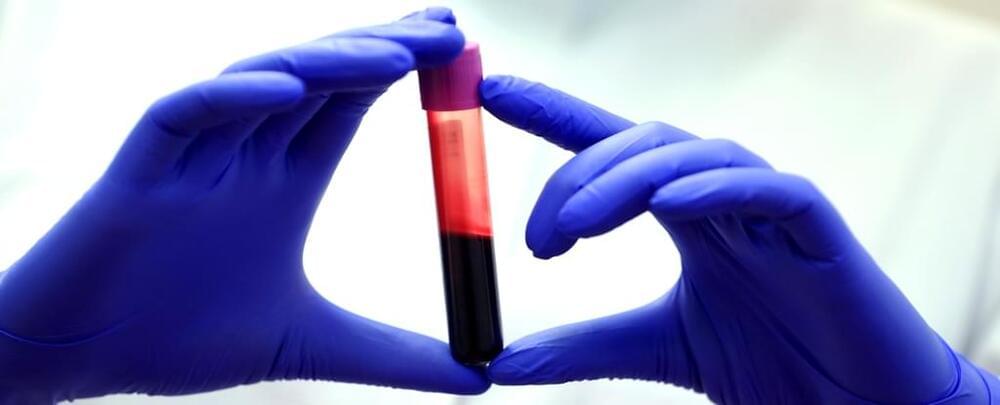
Centenarians, once considered rare, have become commonplace. Indeed, they are the fastest-growing demographic group of the world’s population, with numbers roughly doubling every ten years since the 1970s.
How long humans can live, and what determines a long and healthy life, have been of interest for as long as we know. Plato and Aristotle discussed and wrote about the ageing process over 2,300 years ago.
The pursuit of understanding the secrets behind exceptional longevity isn’t easy, however. It involves unravelling the complex interplay of genetic predisposition and lifestyle factors and how they interact throughout a person’s life.
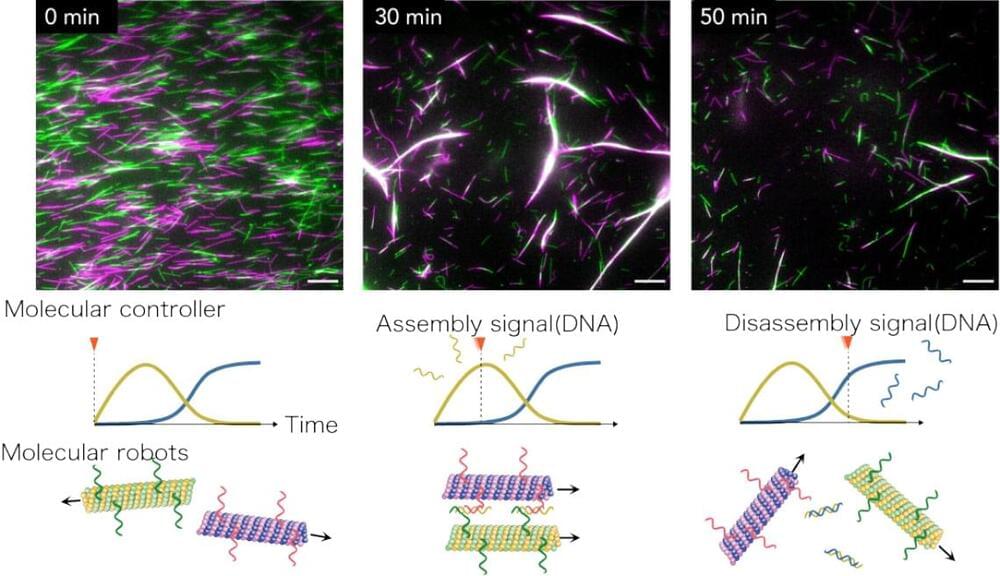
Researchers from Tohoku University and Kyoto University have successfully developed a DNA-based molecular controller that autonomously directs the assembly and disassembly of molecular robots. This pioneering technology marks a significant step towards advanced autonomous molecular systems with potential applications in medicine and nanotechnology.
Details of the breakthrough were published in the journal Science Advances (“Autonomous assembly and disassembly of gliding molecular robots regulated by a DNA-based molecular controller”).
“Our newly developed molecular controller, composed of artificially designed DNA molecules and enzymes, coexists with molecular robots and controls them by outputting specific DNA molecules,” points out Shin-ichiro M. Nomura, an associate professor at Tohoku University’s Graduate School of Engineering and co-author of the study. “This allows the molecular robots to self-assemble and disassemble automatically, without the need for external manipulation.”